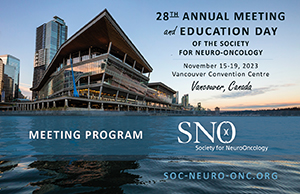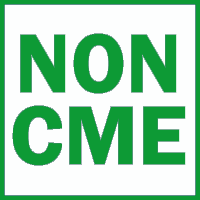Tumor Microenvironment
Session: Poster Session
TMIC-55 - Turning enemy into ally: hijack brain tumor cells to break down the blood-tumor barrier
Friday, November 17, 2023
7:30 PM - 9:30 PM PT
Location: Exhibit Hall A/B

Shahrzad Bahrampour
Department of Cell & Developmental Biology, Hospital for Sick Children of Toronto
TORONTO, Ontario, Canada- XH
Xi Huang
The Hospital for Sick Children
Toronto, Ontario, Canada
Poster Presenter(s)
Author(s)
A major obstacle in brain cancer treatment is the blood-tumor barrier (BTB), which limits the delivery of a vast majority of therapeutic agents. Medulloblastoma (MB), the most common pediatric malignant brain tumor, consists of four subgroups (WNT, SHH, Group 3, Group 4). Increasing BTB permeability of non-WNT MB is essential for effectively treating patients by overcoming this drug delivery impediment. Since the BTB is exposed to biofluids such as blood and brain interstitial fluid, which present dynamic osmotic challenges, we hypothesized that cell volume regulation plays a crucial role in BTB integrity. Using a genetically engineered mouse model of SHH MB, we show that tumor-specific knockout of volume-regulated ion channel, Lrrc8a, significantly increases BTB permeability and enhances the therapeutic response of MB-bearing mice to vismodegib, an FDA-approved antagonist of the SHH pathway. Lrrc8a-deficient tumor cells develop ectopic contact with blood vessels, permitting tumor cell-derived Tgfβ2 to activate Tgfβ signaling in endothelial cells. Consequently, endothelial cells in Lrrc8a knockout MB lose endothelial characteristics and gain mesenchymal features, indicative of Tgfβ signaling-induced endothelial-mesenchymal transition (EndMT). Furthermore, tumor-specific LRRC8A knockdown enhances BTB permeability in a xenograft human Group 3 MB model. Collectively, our findings establish Lrrc8a/LRRC8A as a therapeutic target to increase the therapy response of MB and provide evidence that inducing EndMT could be a strategy for enhancing BTB permeability to treat brain cancer.


